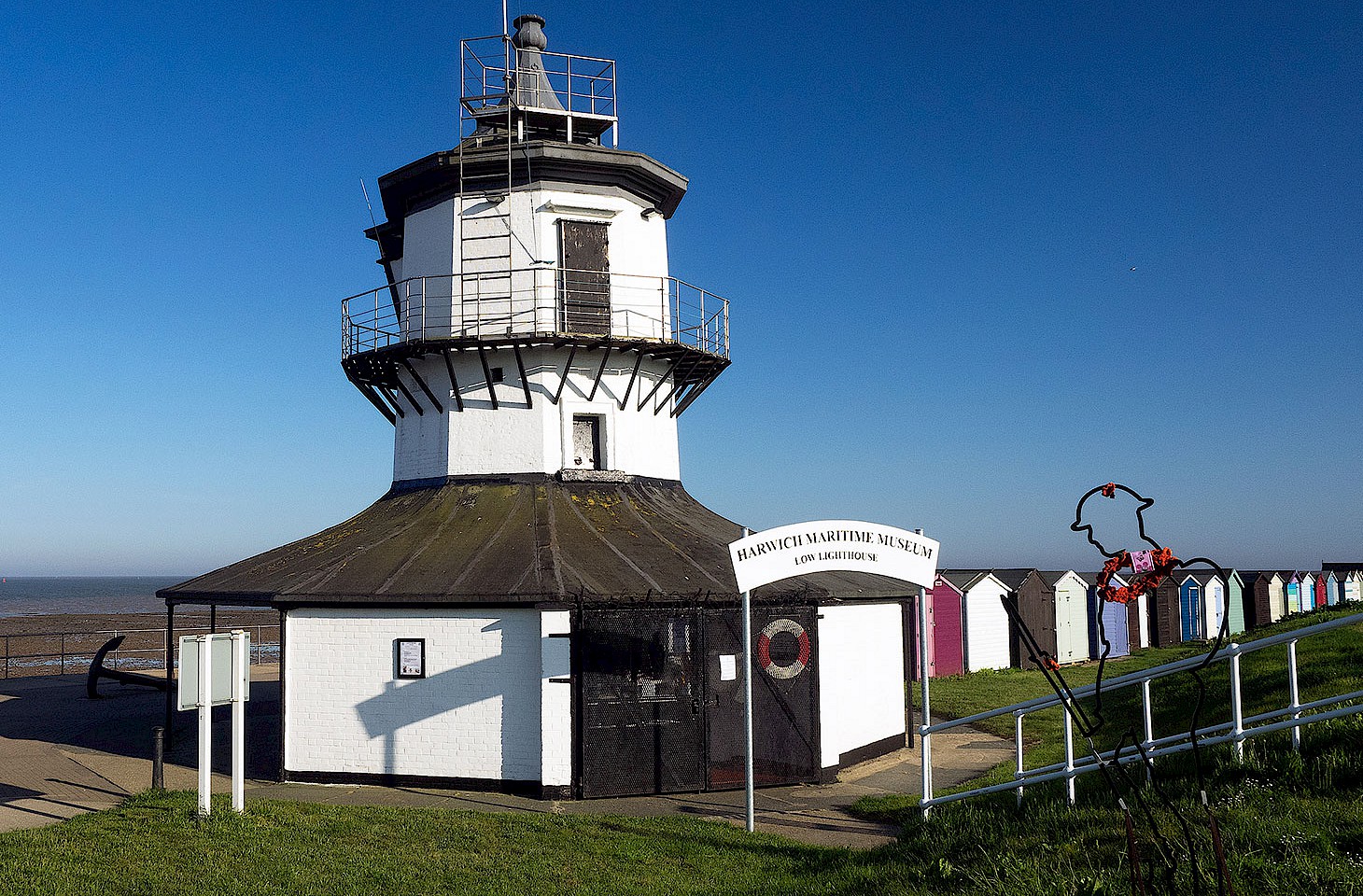Victor Hugo was very fond of rivers. He wrote about them. He painted them. "Of all rivers, I prefer the Rhine," he wrote in 1845. But what of the Rhine's most prominent left bank tributary, the Moselle? It tumbles down from the Vosges highlands in eastern France, runs north through Lorraine and touches Luxembourg before meandering through a deeply incised valley to reach the Rhine at Koblenz.
Victor Hugo, travelling upriver from Cologne, might have faced a painful dilemma at Koblenz. Should he continue up the Rhine towards Switzerland or turn right and follow the Moselle valley upstream towards Trier?
Hugo lingered a day or two, but held no great truck with Koblenz. The place is more a Moselle city than a Rhine one. The Old Town and most elegant buildings turn their back on the Rhine and face the Moselle. Victor Hugo wasn't impressed. He found an interesting pink Protestant church and a stone bridge over the Moselle, the latter funded by a local bishop through the ample sale of indulgences. But Victor Hugo wrote off the town for having no public library. The Scottish publisher John Murray was altogether more tolerant of Koblenz, forgiving the city for being deficient in library provision, and commending to travellers the shop of one Karl Baedeker, whom Murray described as "a very intelligent bookseller." Baedeker went on, of course, to develop a guidebook series that was to become even more illustrious than that of John Murray.
(from 'Mosella' by Ausonius)What colour are they now, thy quiet waters?
The evening star has brought the evening light,
And filled the river with the green hillside;
The hill-tops waver in the rippling water,
Trembles the absent vine and swells the grape
In thy clear crystal.
Victor Hugo stuck to the traditional Rhine route upstream of Koblenz. Almost everyone did in those days. The Rhine gorge running south from Koblenz towards Bingen and Mainz exemplified for the nineteenth-century traveller the ideal of the romantic picturesque. A landscape laden with history and legends, brooding crags and castles, and the sure knowledge that all fairminded souls, even if tempted up the Moselle towards Trier, would most surely return to Koblenz to follow the Rhine route southward. Mary Shelley even commended a Moselle excursion as a device to enhance still more "the prouder and more romantic glories of the Rhine". The Moselle landscape, averred Shelley, possesses "an inferior beauty".




